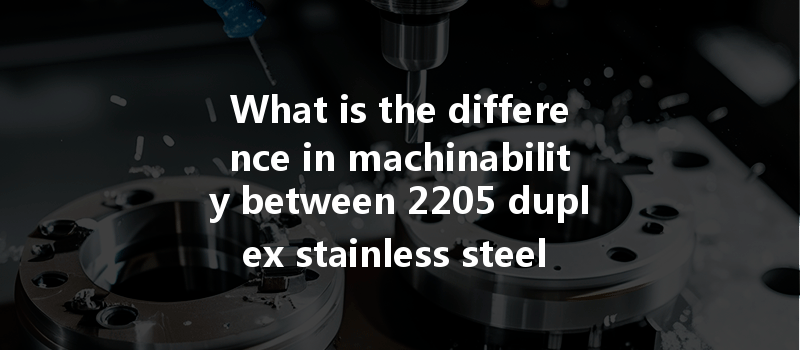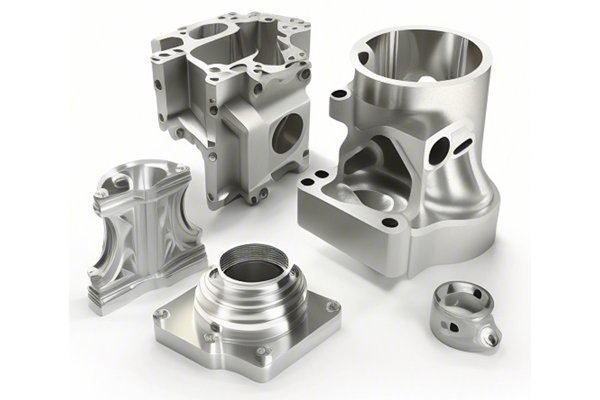Did you know that the global market for CNC machining is projected to reach over $100 billion by 2026, driven by its pivotal role in manufacturing and modern engineering? With the rise of technology and demand for precision components, understanding the nuances of different materials used in CNC machining becomes ever more critical. One of the key areas of interest is the comparison of machinability between various types of stainless steel, particularly 2205 duplex stainless steel and 347 stainless steel.
These materials serve niche applications across industries such as aerospace, automotive, and medical devices, where durability, corrosion resistance, and mechanical performance are essential.
Understanding Machinability
Machinability refers to how easily a particular material can be cut or shaped using machining processes like turning, milling, or drilling. Several factors contribute to machinability, including the hardness of the material, its thermal conductivity, toughness, and chip formation characteristics.
Before diving into the specifics of 2205 duplex stainless steel and 347 stainless steel, let’s grasp the fundamental aspects of machinability that influence machining efficiency and quality.
An Overview of 2205 Duplex Stainless Steel
2205 duplex stainless steel is a ferritic-austenitic steel characterized by its balanced microstructure, which typically comprises about 22% chromium, 5% nickel, and 3% molybdenum. This unique combination provides outstanding strength, excellent resistance to stress corrosion cracking, and superior toughness, especially in harsh environments.
The application of 2205 is prevalent in areas requiring high strength and resistance to pitting corrosion. Industries such as oil and gas exploration, marine engineering, and chemical processing benefit significantly from using this alloy.
An Overview of 347 Stainless Steel
347 stainless steel is an austenitic stainless steel that contains niobium and tantalum to stabilize the structure against corrosion. Its typical composition includes about 18% chromium and 10% nickel. This alloy shines in high-temperature applications and provides excellent intergranular corrosion resistance.
347 stainless steel finds its use in the aerospace industry, nuclear reactors, and in the production of components subjected to elevated temperatures, like exhaust stacks and heat exchangers.
Comparing Machinability: A Detailed Analysis
Both 2205 duplex and 347 stainless steels have advantageous and challenging machinability characteristics.

Practical Solutions for Effective Machining
To make the best out of both 2205 duplex and 347 stainless steels, consider the following best practices while machining each material:
Addressing the Challenges in Machining
Certain challenges arise specifically with either material. Minimizing these can lead to more effective outcomes:
In summary, understanding the differences in machinability between 2205 duplex stainless steel and 347 stainless steel is critical for successful CNC machining. Each material presents unique challenges and advantages that can significantly affect part quality and machining efficiency.
By implementing careful tool selection, optimizing cutting parameters, and continuously monitoring the machining process, manufacturers can navigate these complexities effectively.
As the CNC machining landscape evolves, the importance of material choice only heightens. Appreciating these differences not only enhances operational efficiency but can lead to innovations in product development across multiple industries. The insights gained from this exploration benefit not only engineers and machinists but also the overarching marketplace where these materials play a significant role.
This discussion highlights why keeping abreast of machining advancements and material characteristics matters—ultimately guiding manufacturers toward smarter and more efficient production practices.






